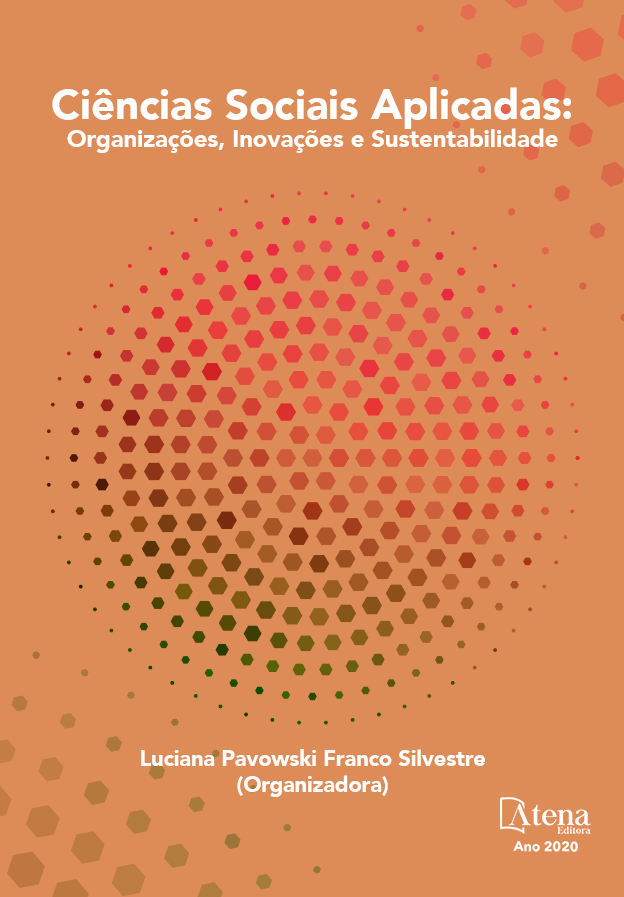
TERRITÓRIO DE MATEIRO: PERSPECTIVA ETNOECOLÓGICA A PARTIR DA PAISAGEM REINVENTADA NO PARQUE ESTADUAL DO DESENGANO/RJ.
As trilhas abertas e/ou mantidas pelas populações rurais em meio a Mata Atlântica no estado do Rio de Janeiro traçaram o desenho básico de vários caminhos, e estimulou a formação da noção de território. Dessa maneira e através das práticas cognitivas, forneceu condições psicossociais para que fossem exercitados os saberes, os fazeres e os rituais simbólicos. Os “Mateiros” - figuras humanas destacadas nesse artigo, fazem parte de uma comunidade de agricultores familiares, situada junto à vertente continental do Parque Estadual do Desengano (PED), no município de São Fidélis/RJ. Por especificidades socioambientais e históricas, estes indivíduos, mesmo que de forma reduzida, mantém vivos os saberes tradicionais relacionados ao habitat da floresta. Esses etnoconhecimentos fazem parte de um território composto por circuitos, trilhas, acidentes geográficos, abrigos naturais, áreas de cultivo, de caça e de extrativismo, formando uma “paisagem cognitiva” construída a partir da apropriação da natureza. Reconhecer a coexistência entre a cultura simbólica e o território ambiental torna-se relevante no campo da historicidade, da etnociência, da gestão socioambiental e da valorização desses sujeitos como protagonistas e agentes de conhecimentos tradicionais.
TERRITÓRIO DE MATEIRO: PERSPECTIVA ETNOECOLÓGICA A PARTIR DA PAISAGEM REINVENTADA NO PARQUE ESTADUAL DO DESENGANO/RJ.
-
DOI: 10.22533/at.ed.5702019113
-
Palavras-chave: Unidade de Conservação; Saberes Tradicionais; Historicidade; Paisagem; Mata Atlântica.
-
Keywords: Conservation Unit; Traditional Knowledge; Historicity; Landscape; Atlantic forest.
-
Abstract:
The trails opened and / or maintained by rural populations in the middle of the Atlantic Forest in the state of Rio de Janeiro traced the basic design of several paths, and stimulated the formation of the notion of territory. In this way and through cognitive practices, it provided psychosocial conditions for the exercise of knowledge, actions and symbolic rituals. The “Mateiros” - human figures highlighted in this article, are part of a community of family farmers, located along the continental slope of the Desengano State Park (PED), in the municipality of São Fidélis / RJ. Due to socio-environmental and historical specificities, these individuals, even if in a reduced form, keep the traditional knowledge related to the forest habitat alive. These ethno-knowledges are part of a territory composed of circuits, trails, geographical accidents, natural shelters, areas for cultivation, hunting and extraction, forming a “cognitive landscape” built from the appropriation of nature. Recognizing the coexistence between symbolic culture and the environmental territory becomes relevant in the field of historicity, ethnoscience, socio-environmental management and the valuation of these subjects as protagonists and agents of traditional knowledge.
-
Número de páginas: 15
- Alessandro Melo Rifan


